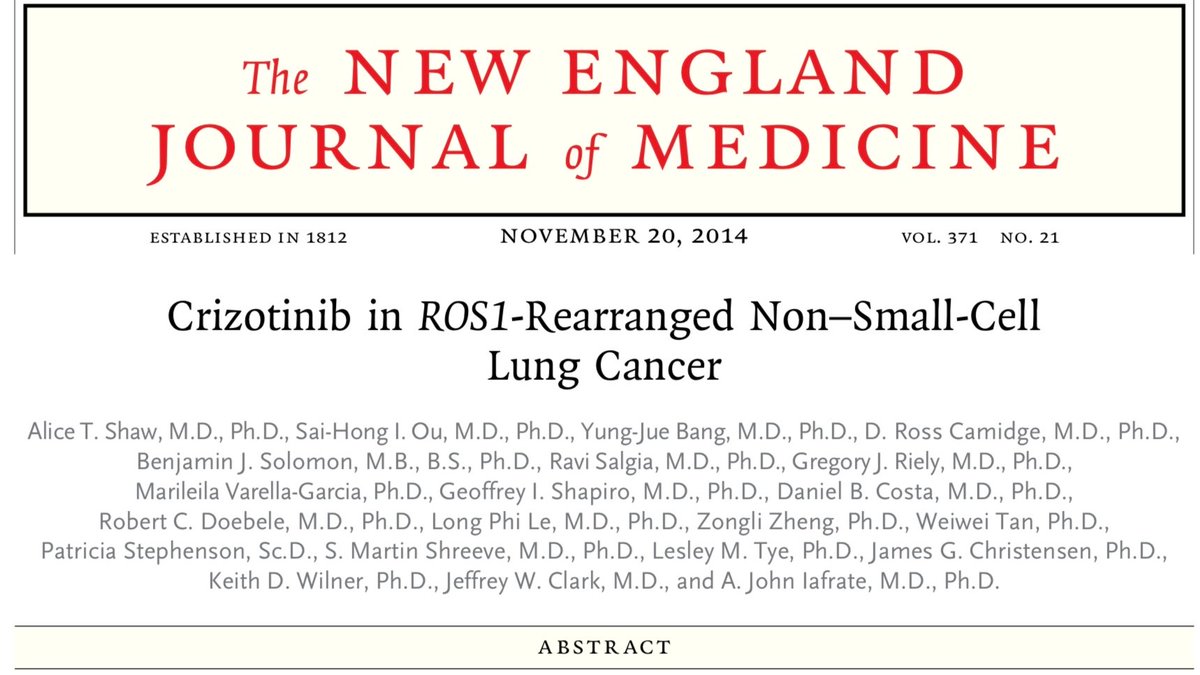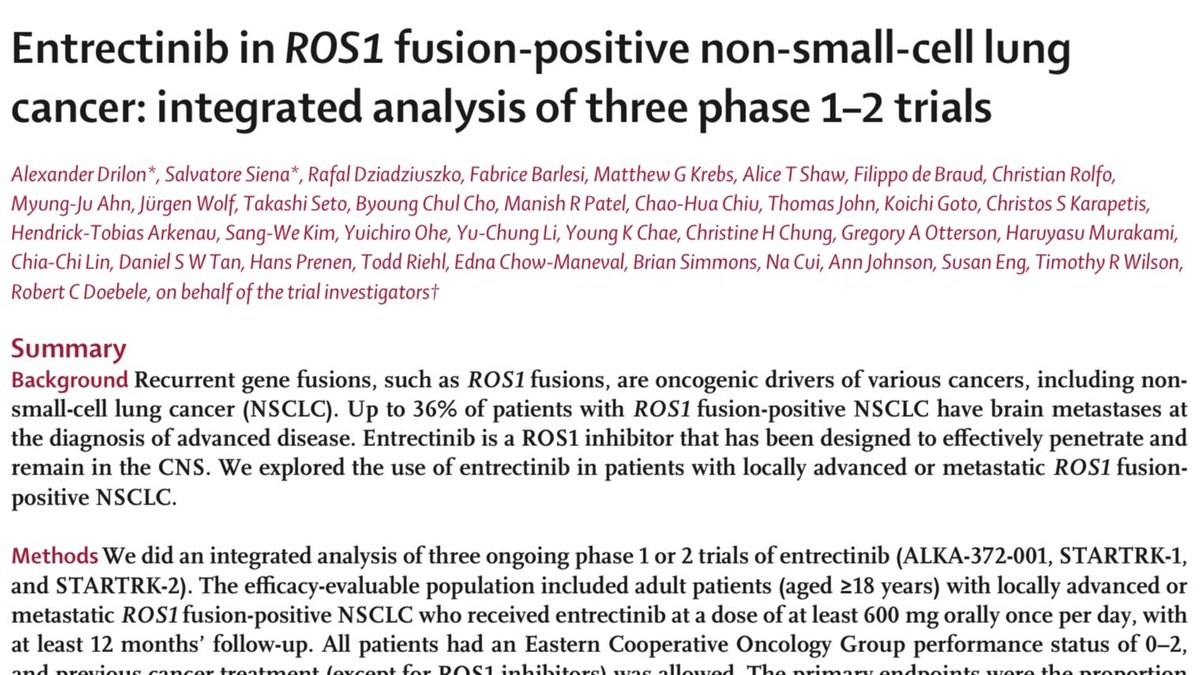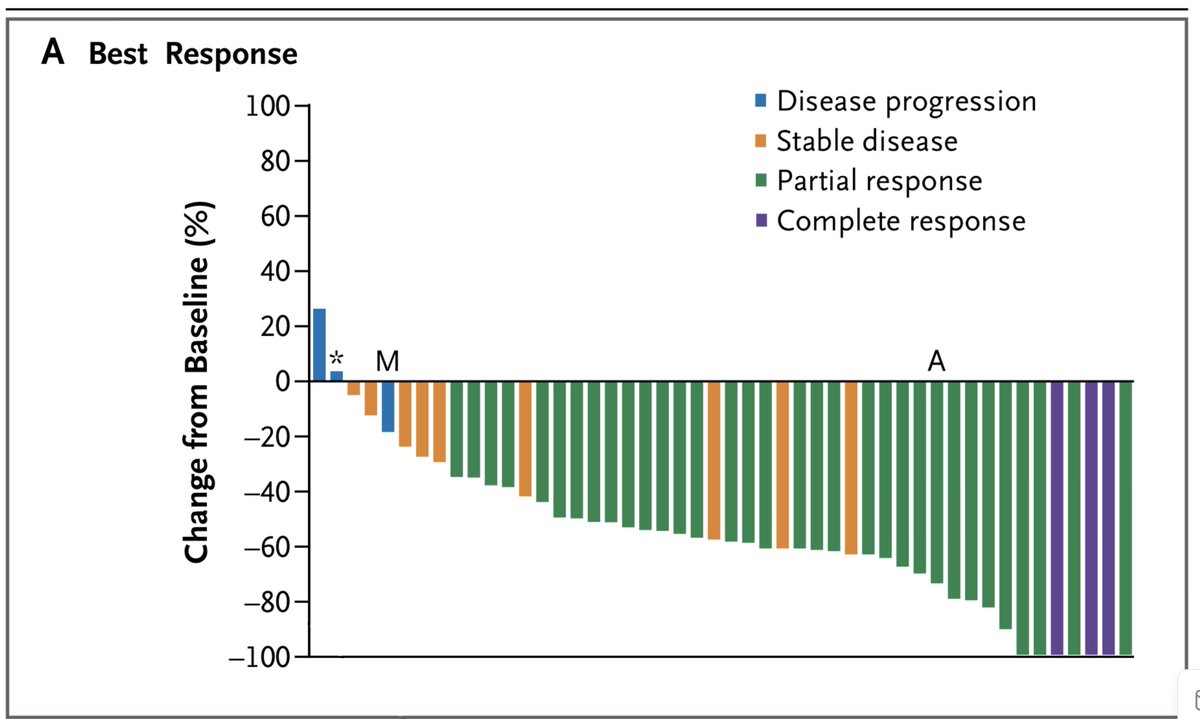
29 Nov: Chemo/gefitinib, randomized phase II
For Lung Cancer Awareness Month #LCAM I’m going to review 30 important lung cancer trials over 30 days. These posts are directed at non-medical professionals, with descriptions of the results and of what makes a good trial.#lcsm 1/11
For Lung Cancer Awareness Month #LCAM I’m going to review 30 important lung cancer trials over 30 days. These posts are directed at non-medical professionals, with descriptions of the results and of what makes a good trial.#lcsm 1/11

All of the randomized studies we’ve looked at to date have been phase III studies, meaning that they are randomized studies with sufficient statistical power to demonstrate a clinically meaningful difference. Today we’ll look at a randomized phase II study. 2/11
Traditionally, phase II studies were preliminary studies done to see if a treatment approach was promising enough to warrant a proper phase III trial. They were single arm, and considered “positive” if they met some pre-specified level of treatment activity. 3/11
The last 15 years have seen more elaborate phase II designs, with multiple arms, randomization, and control arms. Today’s study (2016) takes people with untreated EGFR-mutated lung cancer and randomizes them to gefitinib (see 7 Nov) with or without pemetrexed chemotherapy. 4/11
The design resembles a phase III study. What makes it phase II is reduced statistical power. This trial has 70% power to detect a 26% improvement in time to cancer worsening, with a significance of 0.2. Recall phase IIII trials have power of 80-90% and use significance 0.05. 5/11 

These statistical parameters allow the trial to be done with 232 patients, while a phase III would likely require several hundred more.
The outcome is time to cancer worsening (PFS), common in phase II trials, because it takes less time to establish than overall survival. 6/11
The outcome is time to cancer worsening (PFS), common in phase II trials, because it takes less time to establish than overall survival. 6/11
Thus, a randomized phase II can be completed more quickly than a phase III study. It is not intended to be the definitive answer to a question, but rather to give preliminary results to guide future research. 7/11
By the terms set out, this trial was positive: PFS was somewhat improved in the arm with chemo (median 15.8 vs 10.9 months). Overall survival data were not presented.
By itself, I don't know if this study should change practice, but it indicates that more research is reasonable.
By itself, I don't know if this study should change practice, but it indicates that more research is reasonable.

This isn't the only study on this topic. A phase III study by Naronha showed improvement in PFS & OS with the addition of chemo.
However, outcomes in the chemo arm were similar to results with osimertinib, the next-generation TKI (12 Nov), and osi remains the first-line of choice
However, outcomes in the chemo arm were similar to results with osimertinib, the next-generation TKI (12 Nov), and osi remains the first-line of choice

The ongoing FLAURA2 trial looks at the same question with osimertinib, rather than gefitinib.
To my mind, chemo will have to improve outcomes a lot to become the preferred option, as one of the major appeals of oral TKIs is the ability to avoid IV chemo and its toxicities. 10/11
To my mind, chemo will have to improve outcomes a lot to become the preferred option, as one of the major appeals of oral TKIs is the ability to avoid IV chemo and its toxicities. 10/11
Tomorrow we'll wrap up the series with a trial that is quite new, and that there is still some debate about. I hope to see you then! 11/11 

• • •
Missing some Tweet in this thread? You can try to
force a refresh















